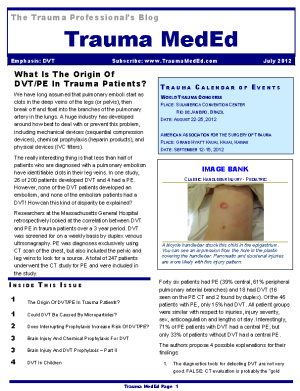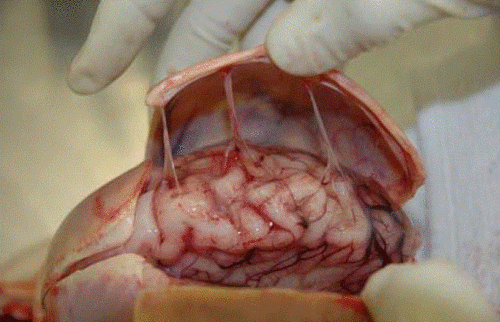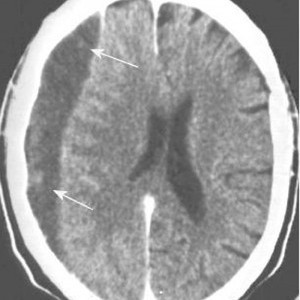Nonoperative management of solid organ injury is the norm, and has reduced the operative rate significantly. At the same time, the recognition that development of deep venous thrombosis (DVT) in trauma patients is commonplace creates uncertainty? Is it safe to give chemical prophylaxis with low molecular weight heparin (LMWH)? How soon after injury?
The trauma group at USC+LAC published the findings of a retrospective review of 312 patients undergoing nonoperative management for their liver, spleen or kidney injuries. They looked at chemical prophylaxis administration and its relationship to failure of nonop management of solid organ injury.
As expected, as the grade of the solid organ injury increased, so did the failure rate of nonoperative management. Administration of low molecular weight heparin, such as enoxaparin, did not increase failure rate in this study. All but one failure occurred in patients who had not yet received the injections. Likewise, two DVT and two pulmonary embolisms occurred, but only in patients who had not yet received prophylaxis.
Bottom line: This small study offers some assurance that early prophylaxis is okay, and a few prospective studies do exist. UCSF / San Francisco General is comfortable beginning chemical prophylaxis 36 hours postop, regardless of solid organ injury. Look for more guidance on this issue in the near future. Until then, consider starting LMWH prophylaxis early to avoid complications from DVT or PE.
Reference: Thromboembolic prophylaxis with low-molecular-weight heparin in patients with blunt solid abdominal organ injuries undergoing nonoperative management: current practice and outcomes. J Trauma 70(1): 141-147, 2011.




